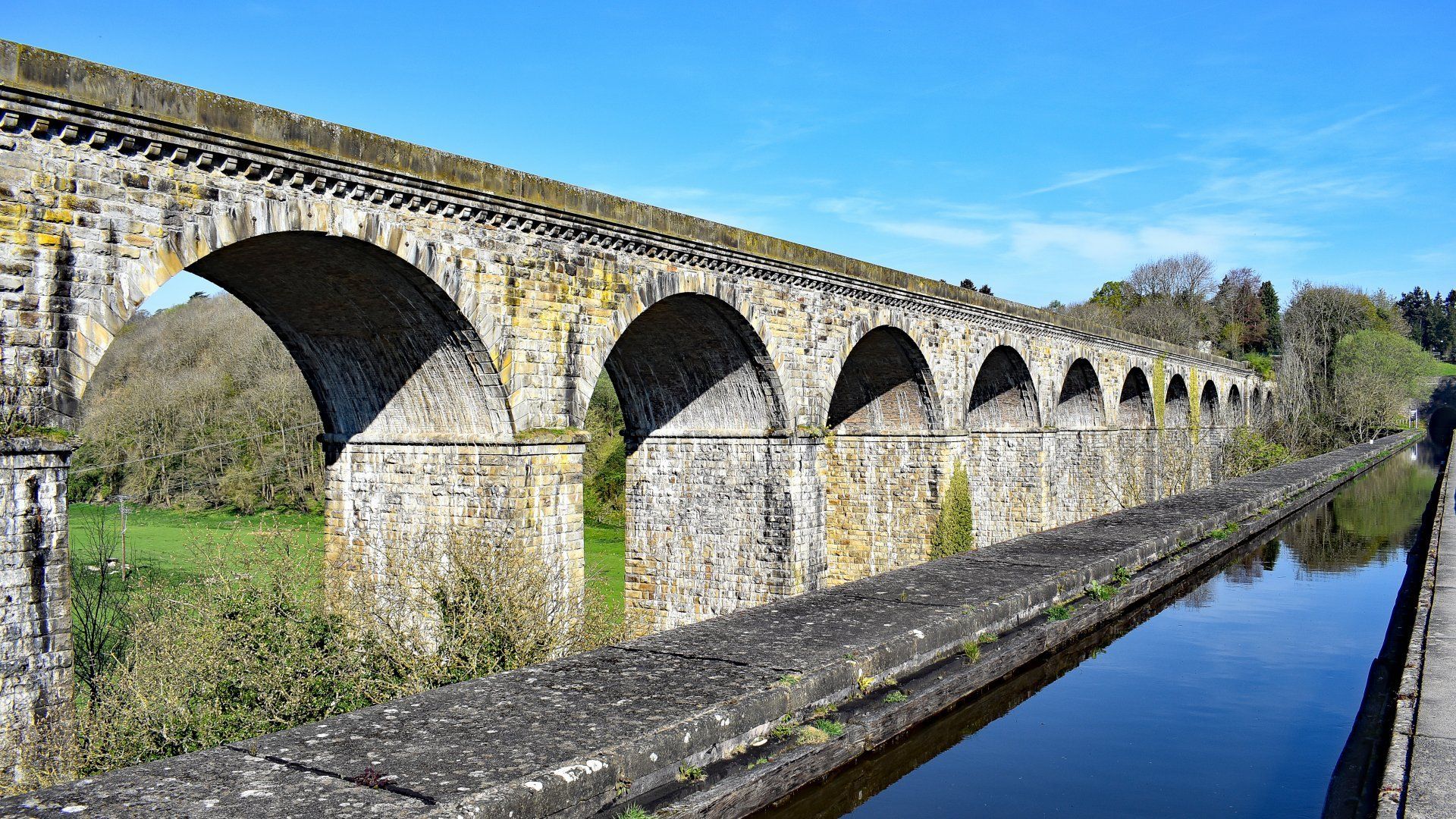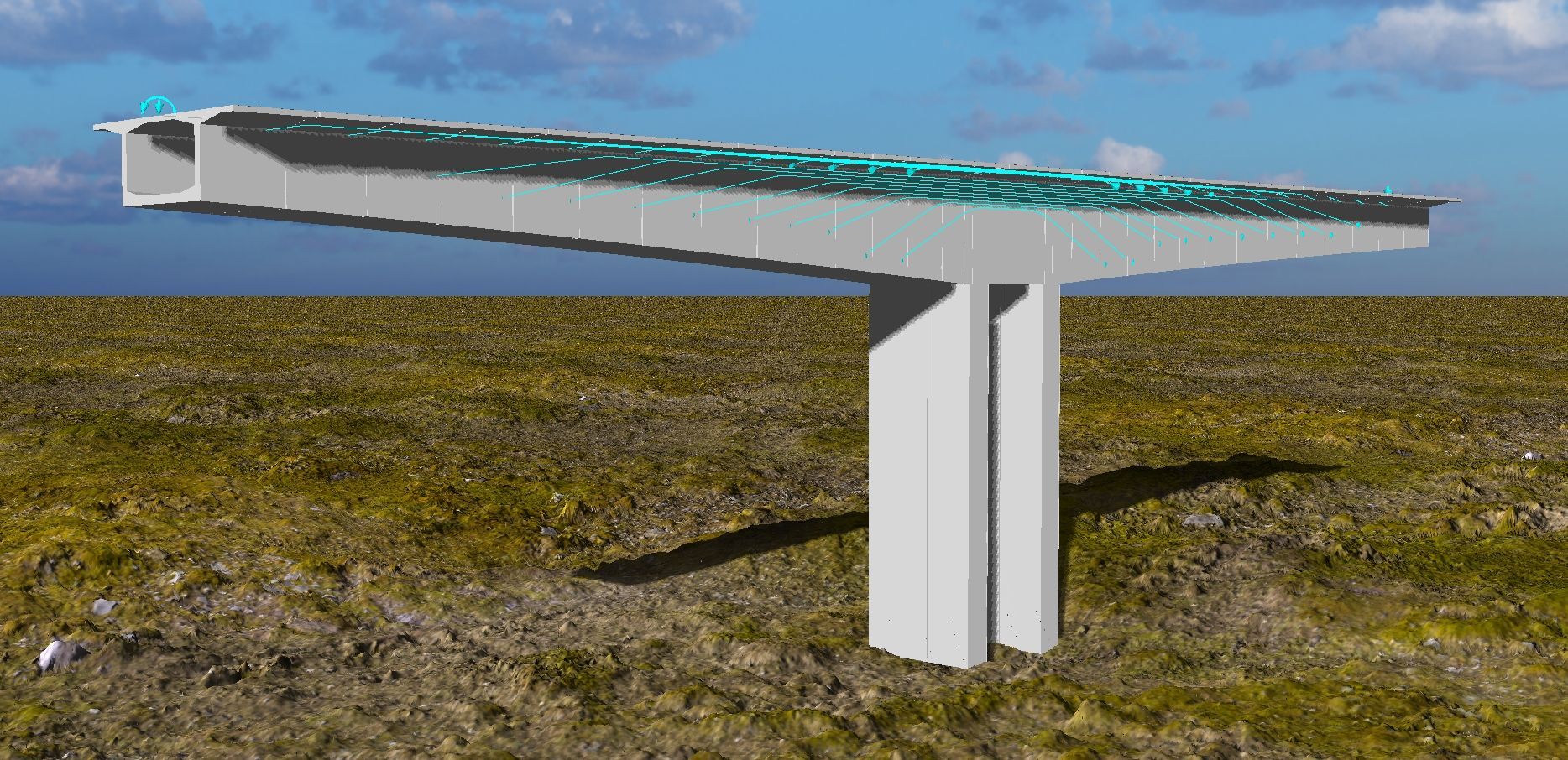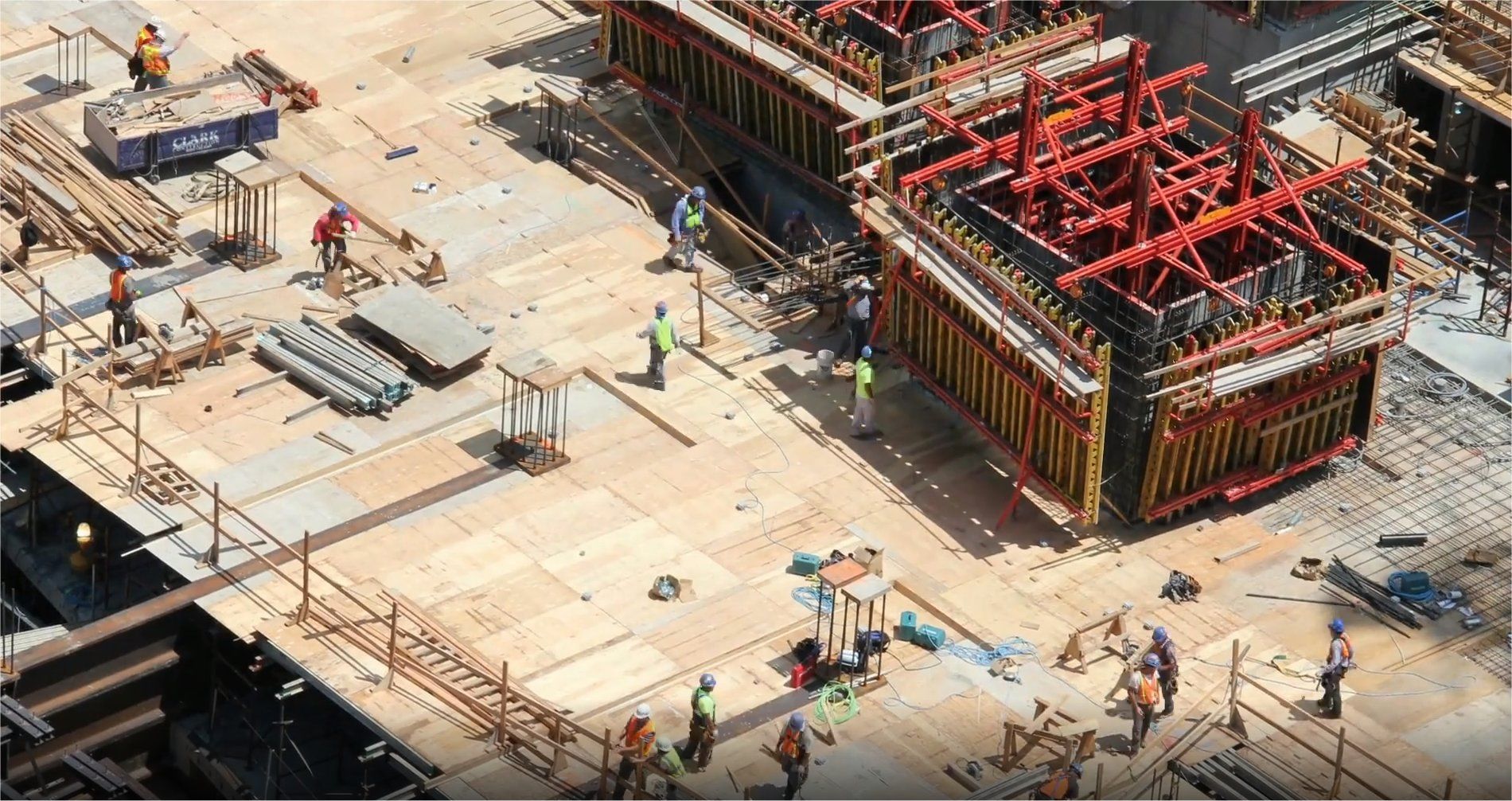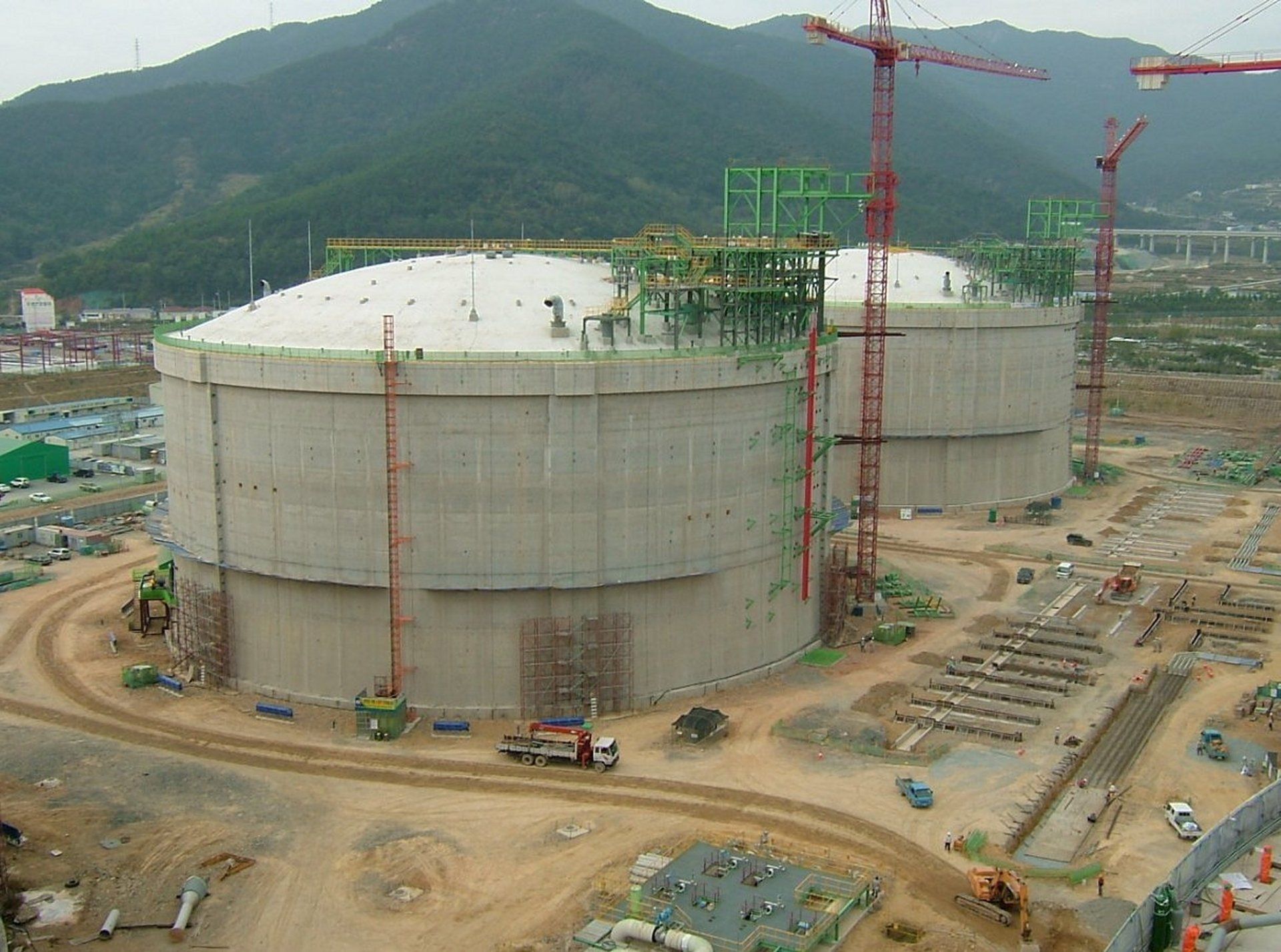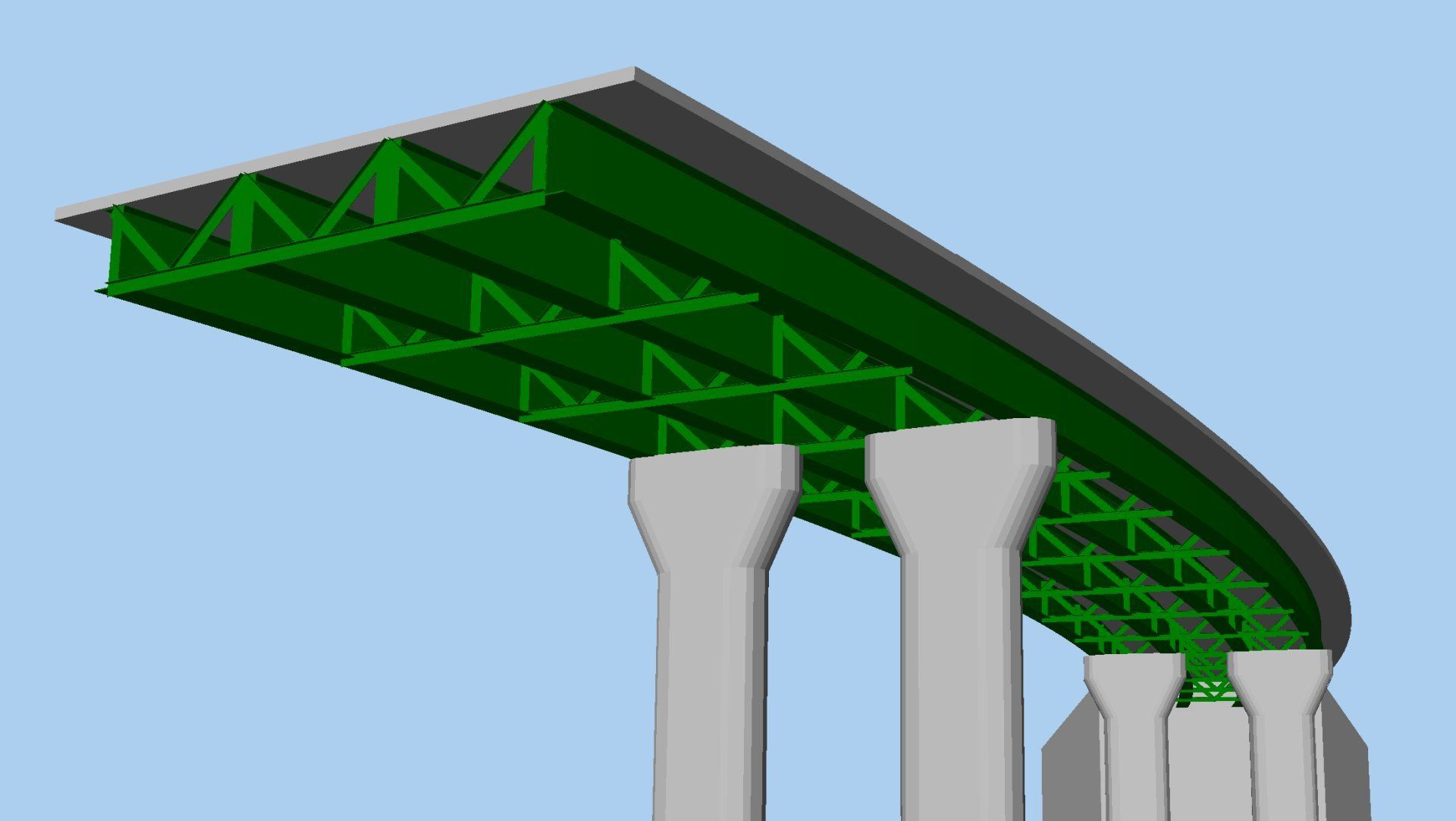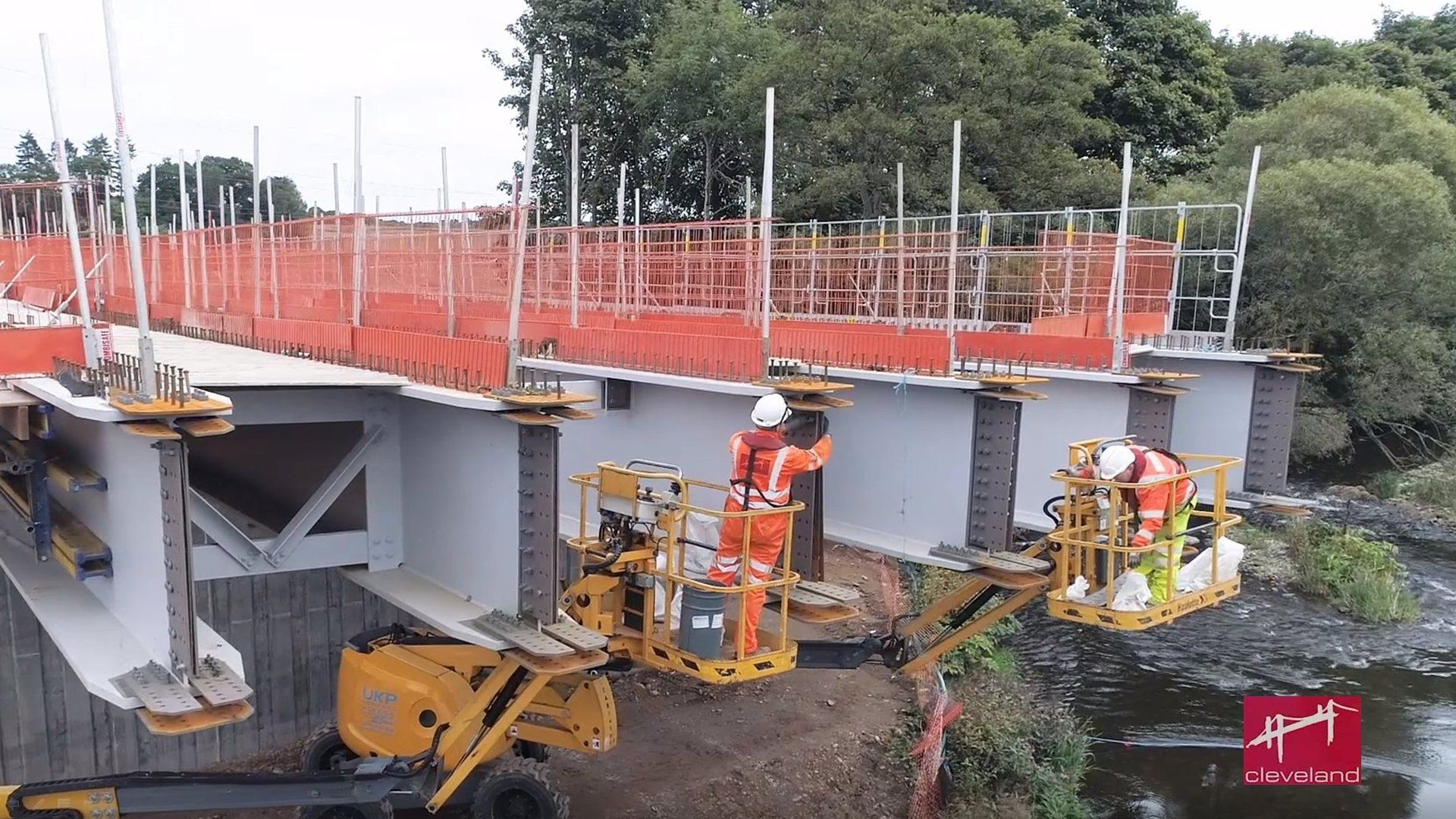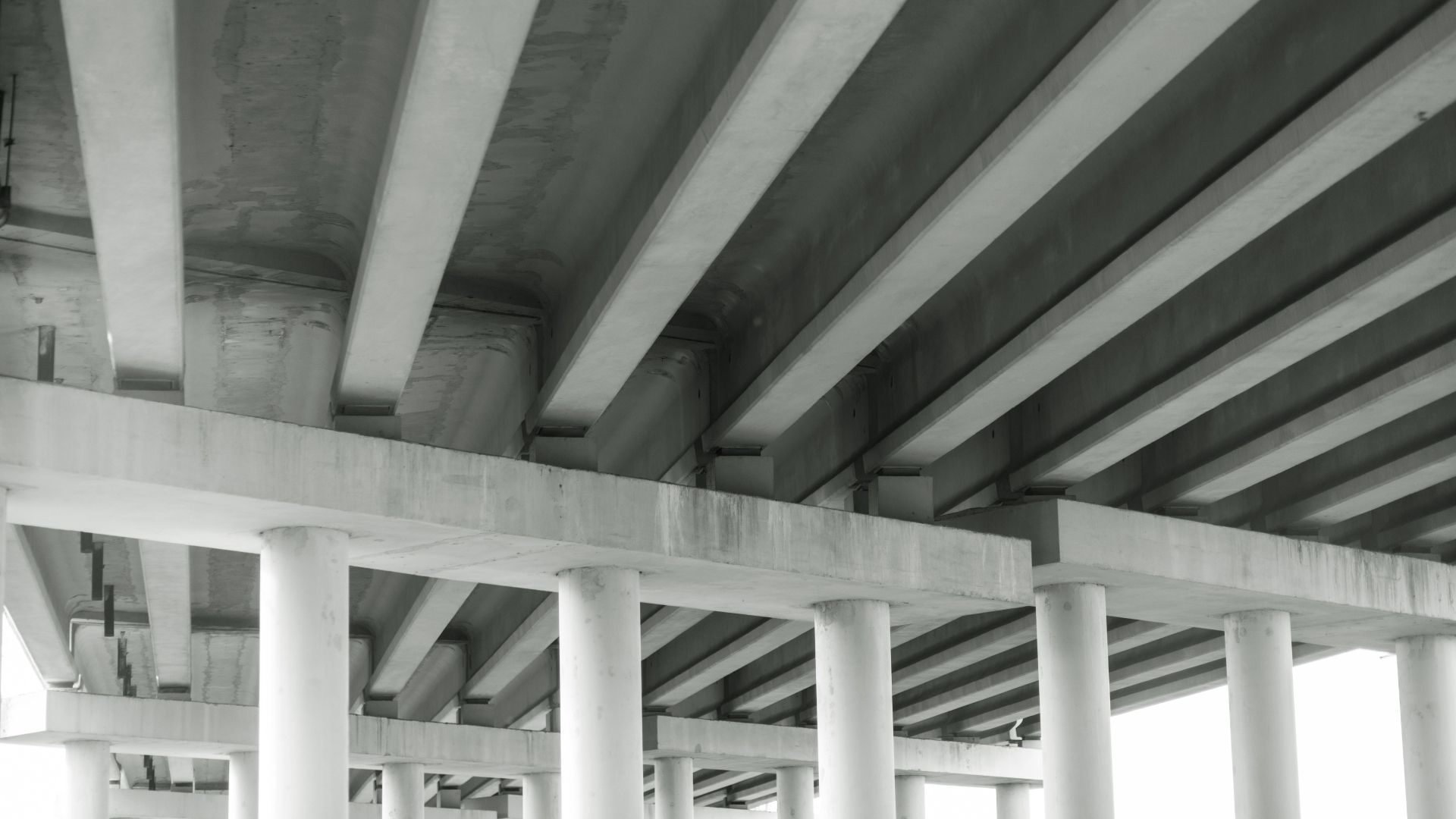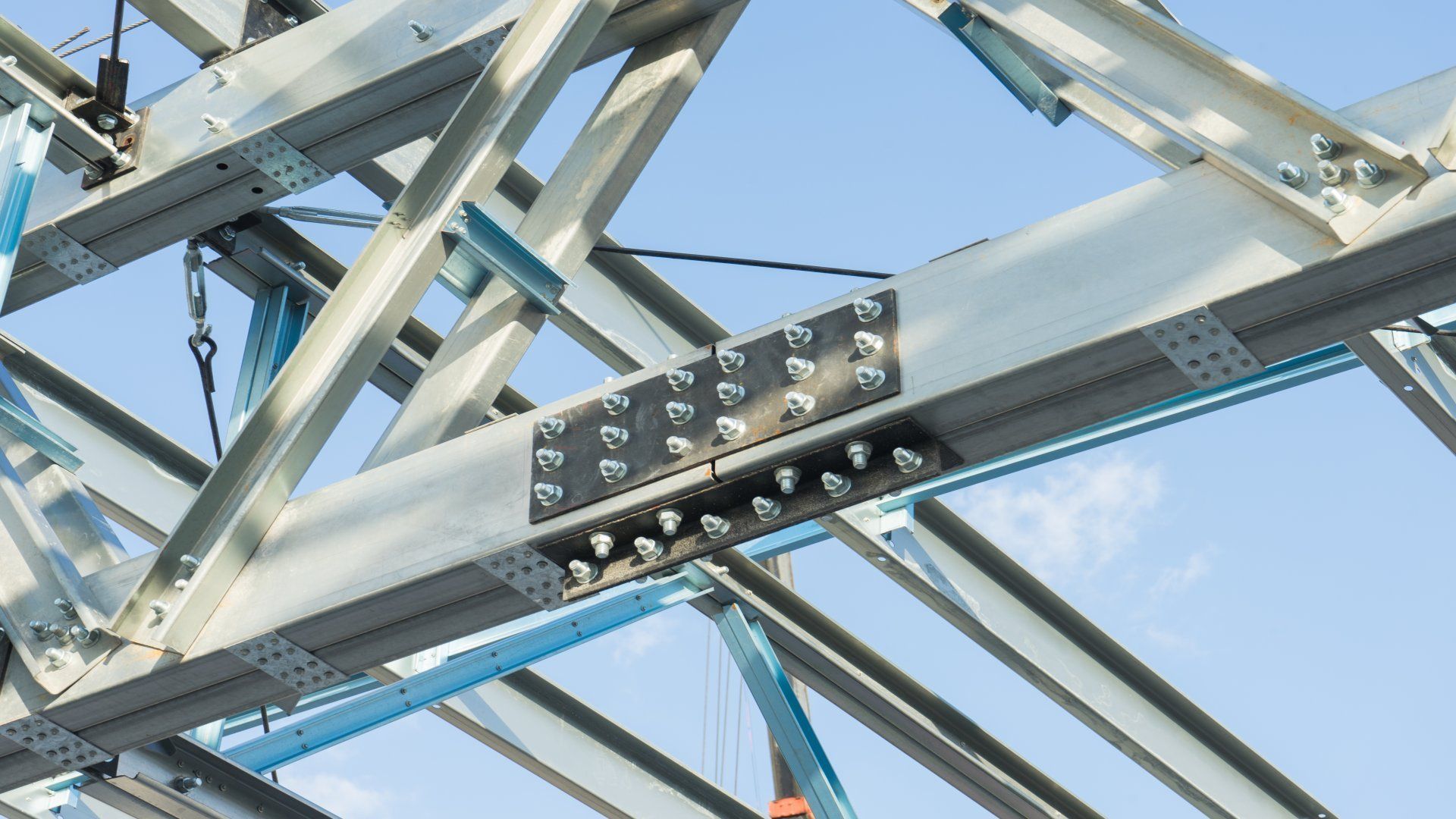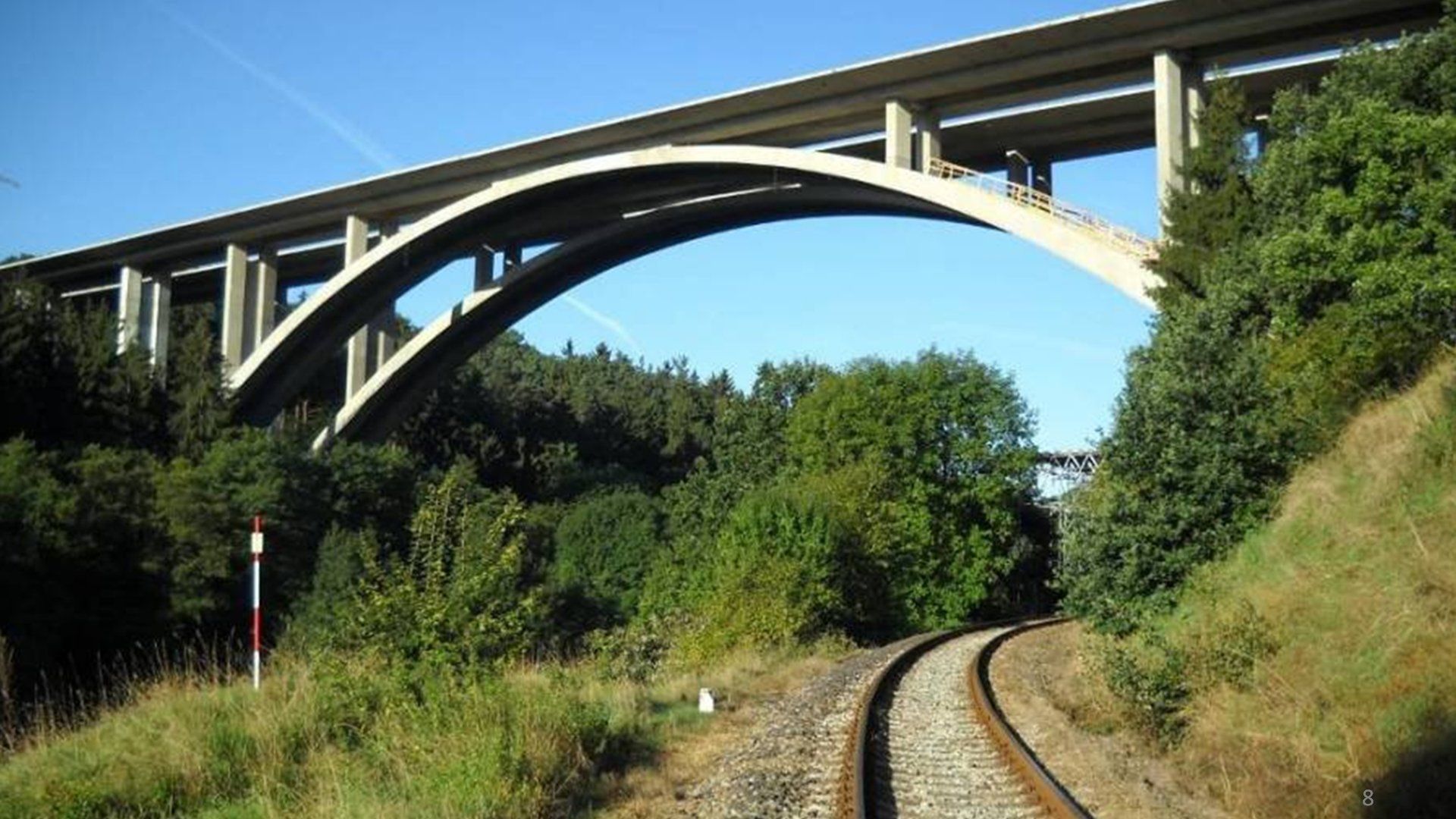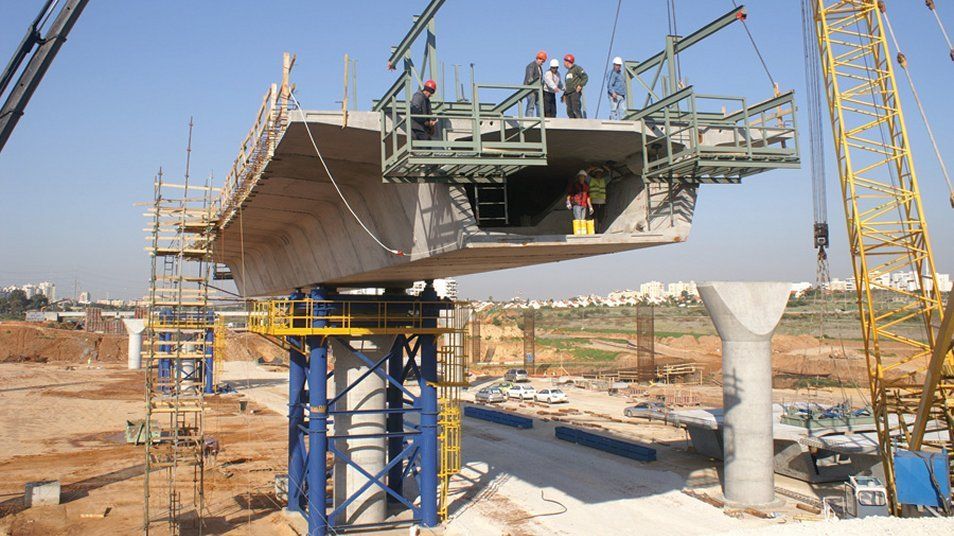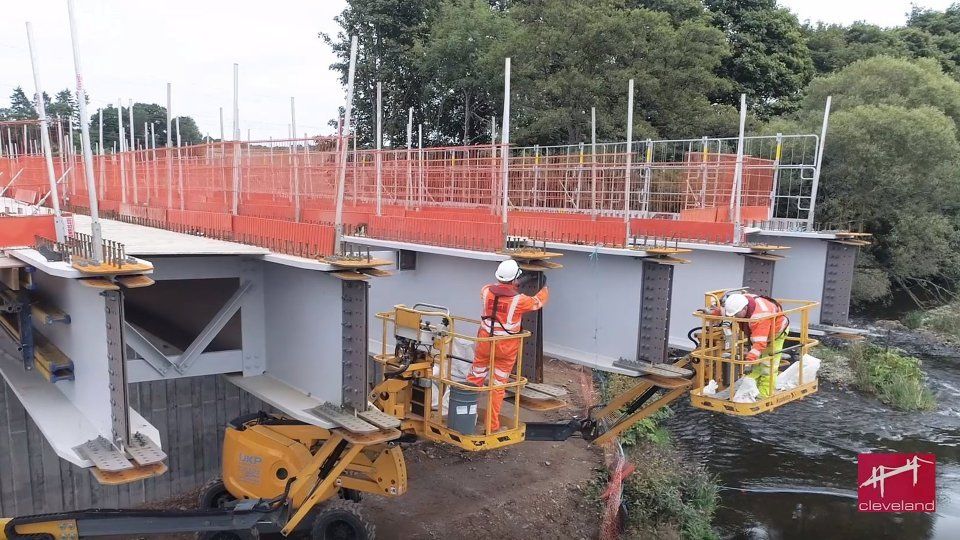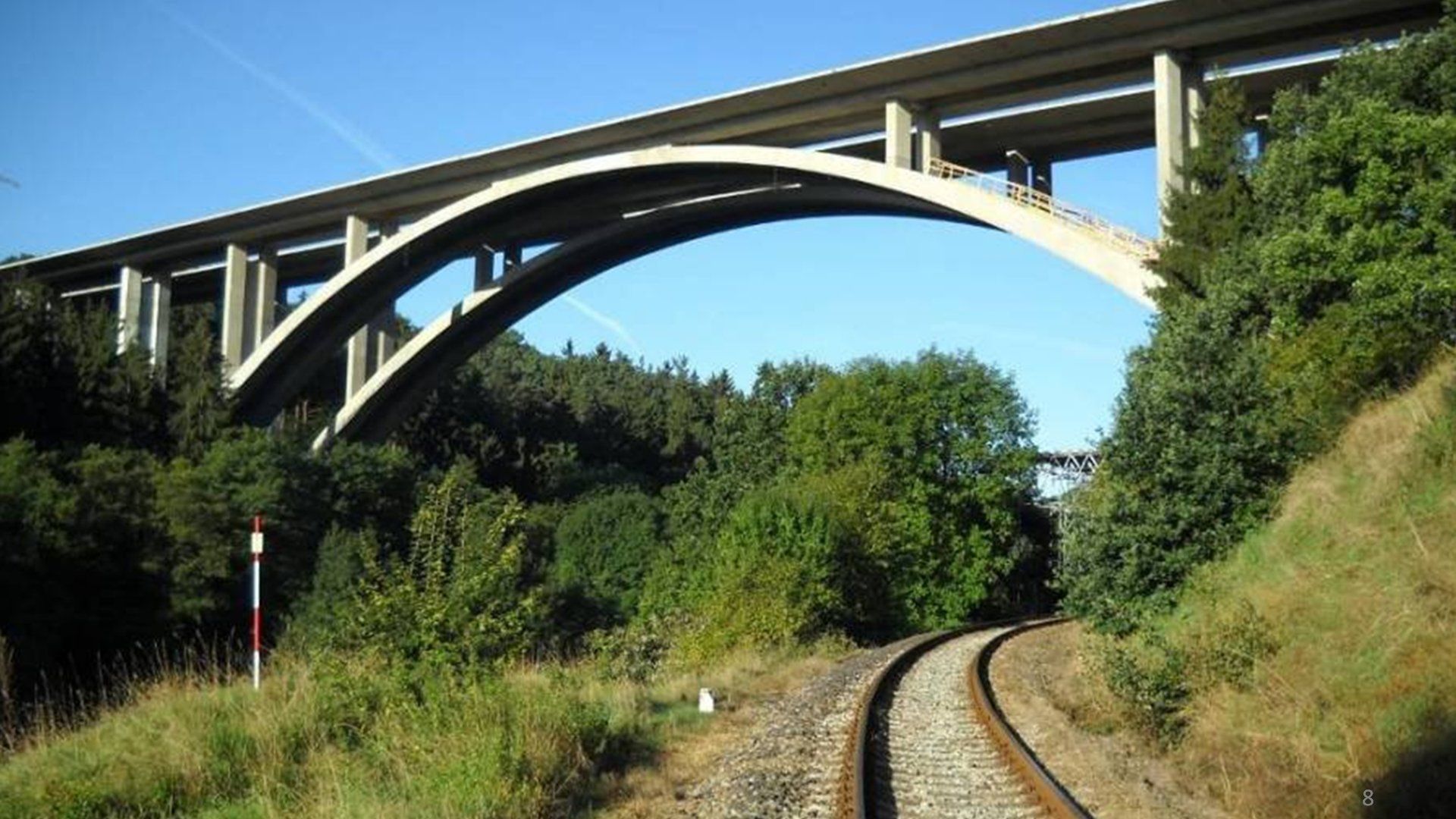Masonry Bridge Wizard
Generate 2D and 3D continuum models of single and multi-span masonry arch bridges with semi-circular or segmental arches in a fraction of the time it takes to manually model the same structures.
Create models that include piers and abutments, with or without a skew, using linear or nonlinear materials.
In detail...
When all required data has been entered and the type of model (2D or 3D) and analysis (linear or nonlinear) selected, a model is generated using only the quantities applicable to the type of model and analysis type.
The continuum models produced are for "macro modelling" of masonry, where the masonry is considered as a continuous composite material - as opposed to "micro modelling" where each block and each mortar joint is modelled explicitly. The LUSAS concrete cracking and crushing material model may be used to approximate the cracking and crushing behaviour of masonry.
Viewing results
As part of creating a model, common features, such as those representing abutments, piers, fill, arch rings, spandrel walls, parapets etc., are grouped and named to allow for easy manipulation of the model, or selective viewing of results.
Within LUSAS, view results as contours of principal stress and, when nonlinear analysis is carried out, as cracking and crushing patterns, capacity curves, and graphs of a nodal displacement versus Total Load Factor (TLF).

2D model - Stress Smin in abutments, piers, arch rings and backing.
View regions of cracking and crushing on a deformed mesh.
View graphs of total load factor against displacement for live load at selected locations.
